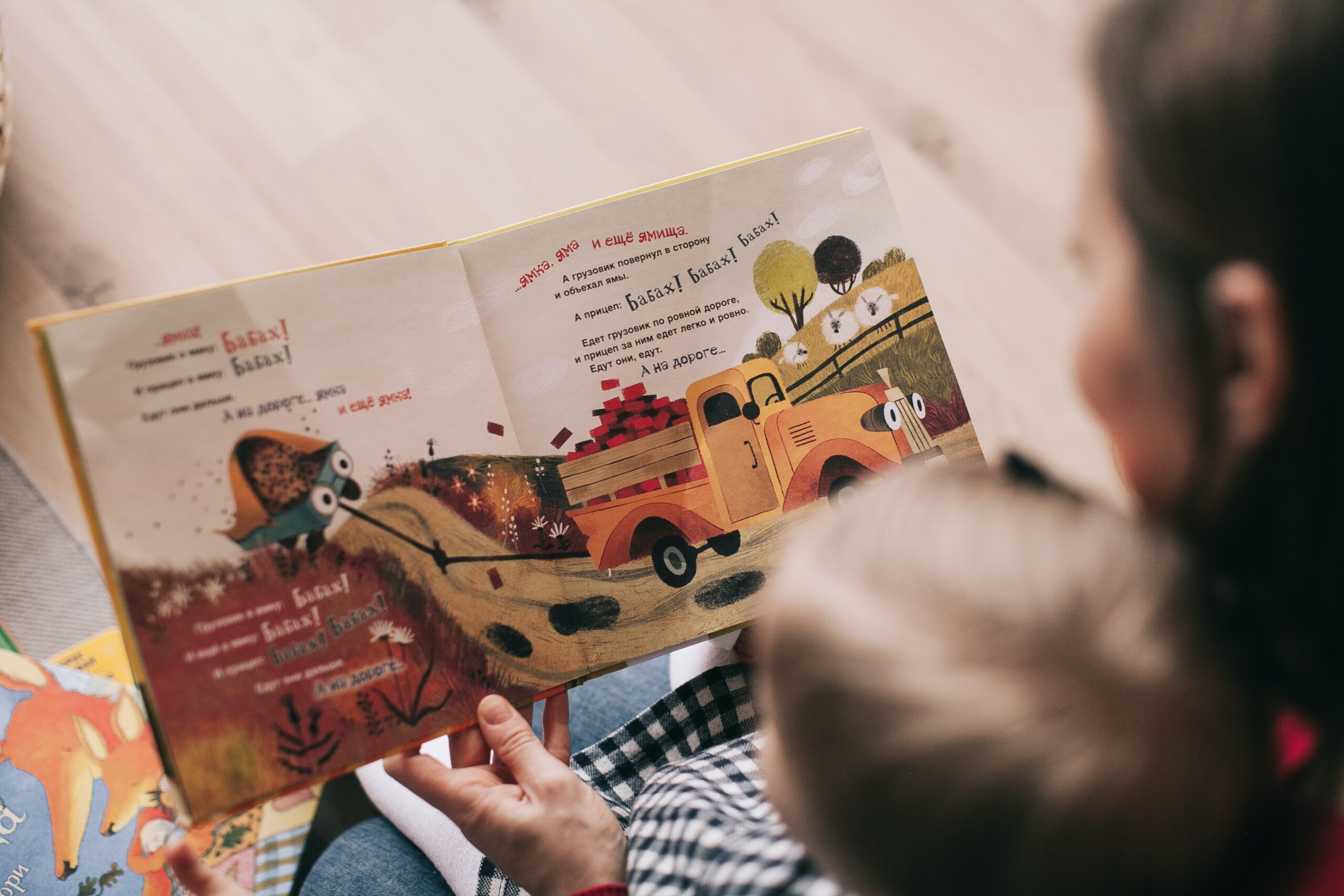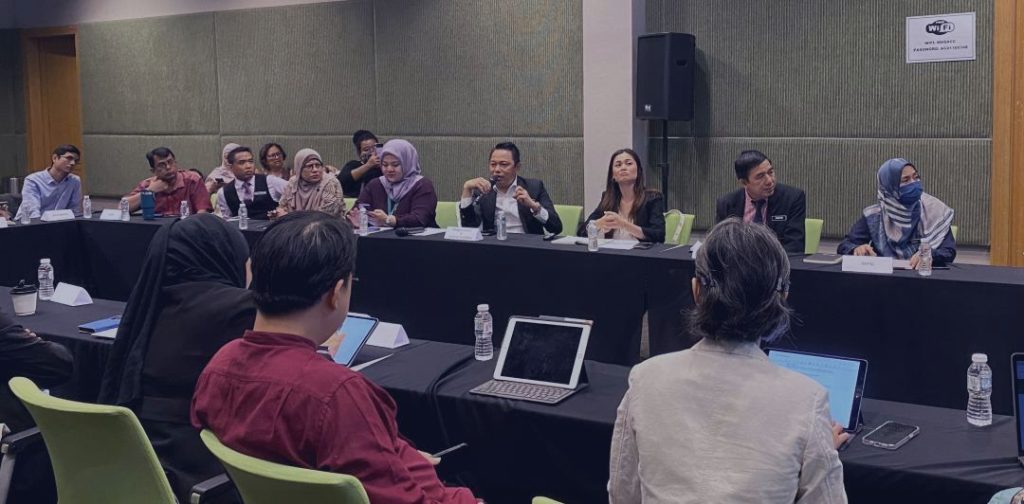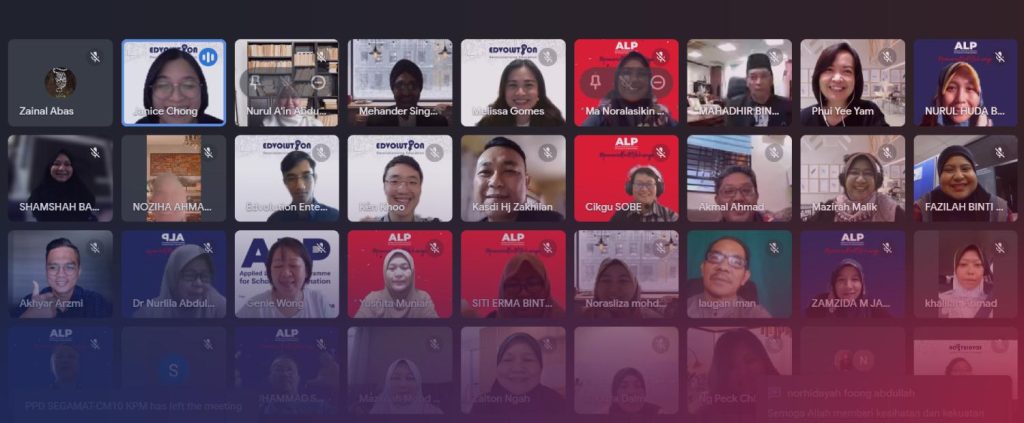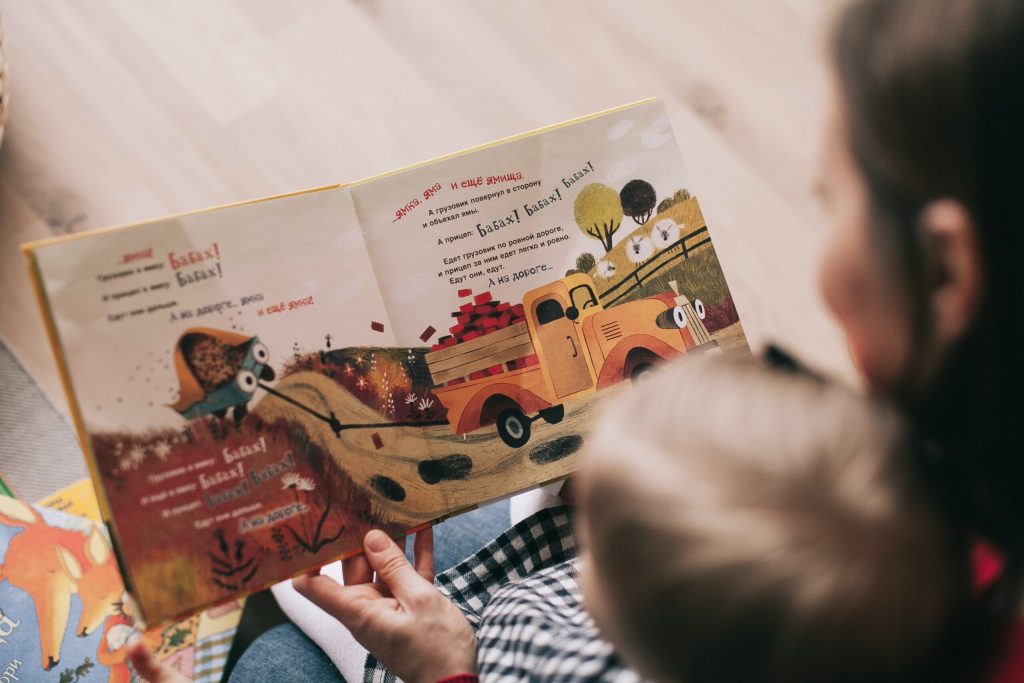By Cherie Nicole Haddy
1 December 2022
Last year, amid a gradual transition of schools from online to offline, Senior Minister of Education, Datuk Radzi Jidin expressed the need for Year 1 students to master the basic 3M skills – reading, writing and numeracy skills – before progressing to Year 2.
Following this, the chairman of the Perlis’ Parents, Community and Private Sector’s Involvement (PIBKs), Associate Professor Abdul Jalil Ramli proposed that the Education Ministry curate a special module for parents to help their children develop these three skills.
Why is it important for young learners to master the 3M skills?
Literacy and numeracy skills help learners to read, write, and count which enables them to understand the world better and make their lives easier. These skills also enable them to advance and build better lives for themselves in the future. Hence, learners need to master this basic knowledge from a young age as it will help them progress smoothly and healthily throughout the years.
Let us talk about literacy
In this article, we will focus on literacy skills. Literacy is more than reading and writing. It is a form of understanding and expressing what students know and think about. It is more than just imitating words and phrases without meaning or context.
Literacy includes higher-order thinking skills such as critical analysis and deduction. It is important to improve communication, develop social and emotional skills, and enhance writing competencies.
There are many benefits to having good literacy skills. It is no wonder then, that young learners are encouraged to master this ability before advancing to a higher level. So, how can teachers play a part in improving students’ literacy skills in the classroom?
5 strategies to improve students’ literacy skills
1. Use materials which are relevant to students
Students like to learn about things that they can relate to. Take advantage of it and expose them to things that they would otherwise take for granted, such as newspaper articles, advertisements, pamphlets and brochures, instructions on how to put together furniture, or a recipe for their favourite dessert.
Teaching them how to read and understand these things helps to stress the importance of knowing how to decipher things they use and see in their everyday lives. Students can also understand how their literacy knowledge helps to make their lives easier and better in the long run.
2. Read simple stories aloud
Choose an interesting text that is suitable for your students’ proficiency level and have them read it aloud one by one. Correct them whenever they make mistakes to help them improve their pronunciation, intonation, and accuracy.
This activity also encourages them to listen and learn from their peers which helps to enhance their listening skills alongside their reading skills. Students will get motivated to read more when they can pronounce difficult words.
To make this activity more interesting, provide a text that is culturally significant to them so they could have a wider understanding of their world. This enables them to learn the history of their country or community and make sense of their surroundings, making way for a personal connection with the text.
3. Complement the text with sample audio or audiobook
Another way of teaching students to read and listen simultaneously is to have them read a text while listening to an audiobook or sample audio to familiarize themselves with the correct pronunciation and intonation. You can also find a lot of interesting stories on YouTube for this activity.
When students listen to a native speaker reading a text, they can acquire the proper usage of the language and enhance their vocabulary and reading fluency. In time, they will learn to adopt the sounds and imitate them verbally. This exercise also helps build their confidence in speaking a second or foreign language.
4. Surround the classroom with vocabulary cards
Teaching students how to verbally blend letters and sounds is important, but teaching them the meaning of the words is equally important.
While reading, ask students to write the words or phrases they do not understand on index cards and stick them around the classroom. Use the index cards to teach them vocabulary or as prompts for writing exercises. This way, they can learn both the definition and how to use them in a proper context.
Having the words or phrases around the classroom helps children remember what they have read and learnt and encourage them to use these words in their speech or writing. The constant exposure enables the words to be ingrained in their minds and eventually, in their language.
5. Use graphic novels to teach
Some students simply do not like to read. But if you wish to inculcate a love for reading in your students, graphic novels are the way to go. However, if you have limited resources available, you can scan a graphic novel and save it in PDF format for everyone to read. If you are pressed for time, you can show a scene in the graphic novel for the students to read together and discuss during a lesson.
An alternative would be to read the whole book according to different sections in a span of several lessons and prepare some questions or exercises relating to that section. You can also let them perform the text by reenacting the scenes according to their interpretations or express their opinions and reflections about the text through poems or songs. Your students will get to express themselves creatively while developing personal connections to the text.
Final thoughts
When children develop their literacy skills, they learn to communicate their opinions and ideas that expand their understanding of the world. Similarly, Piaget asserts that children develop their cognitive skills when they curate their learning through exchanges and involvement in their surroundings.
Cherie Nicole is a Curriculum Designer at Edvolution Enterprise. She is passionate about language and literature, and places importance on building a generation that is both kind and critical-minded.
Prior to joining Edvolution, she studied Teaching English as a Second Language (TESL) and English Literature at the University of Malaya.







